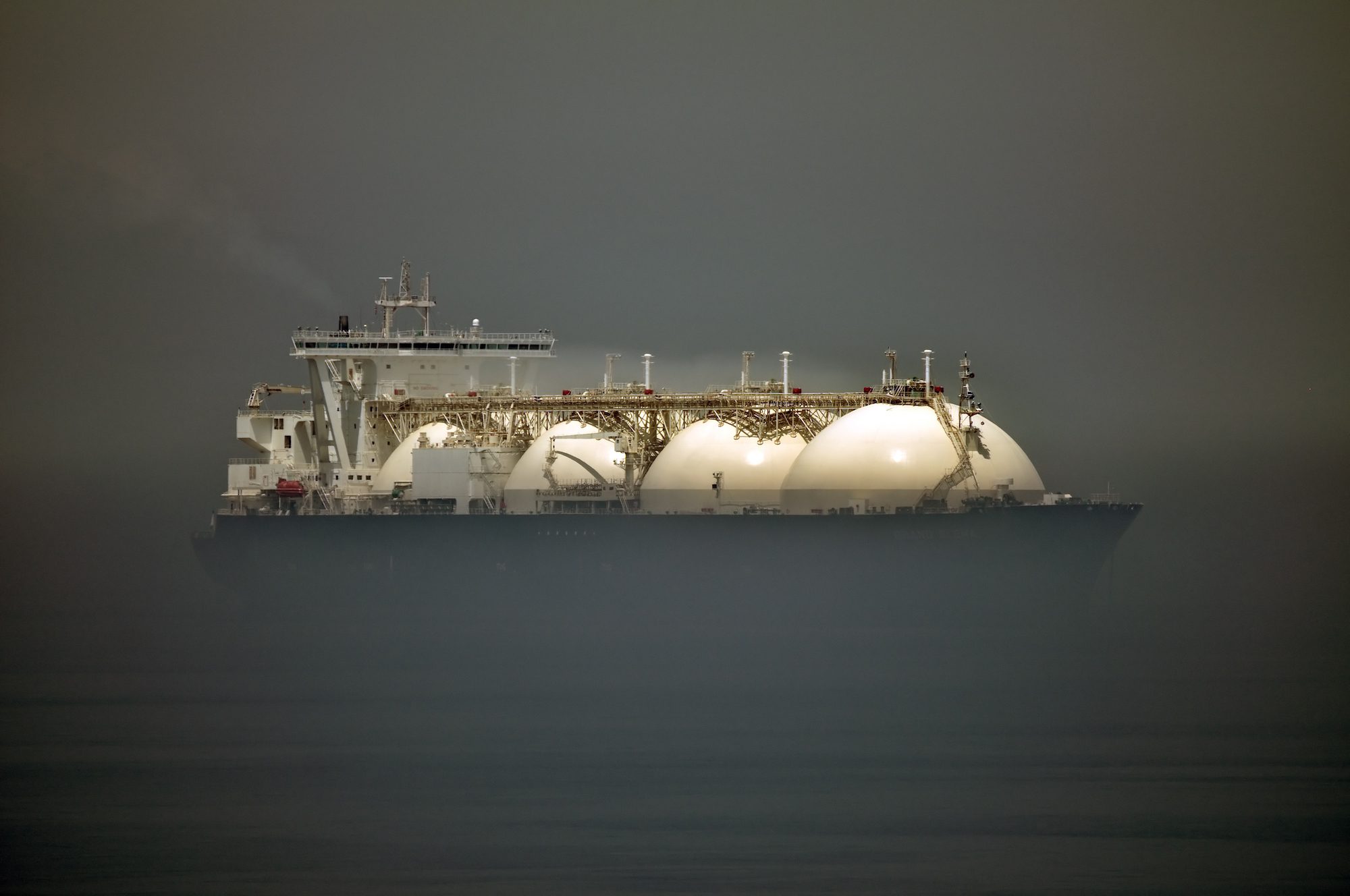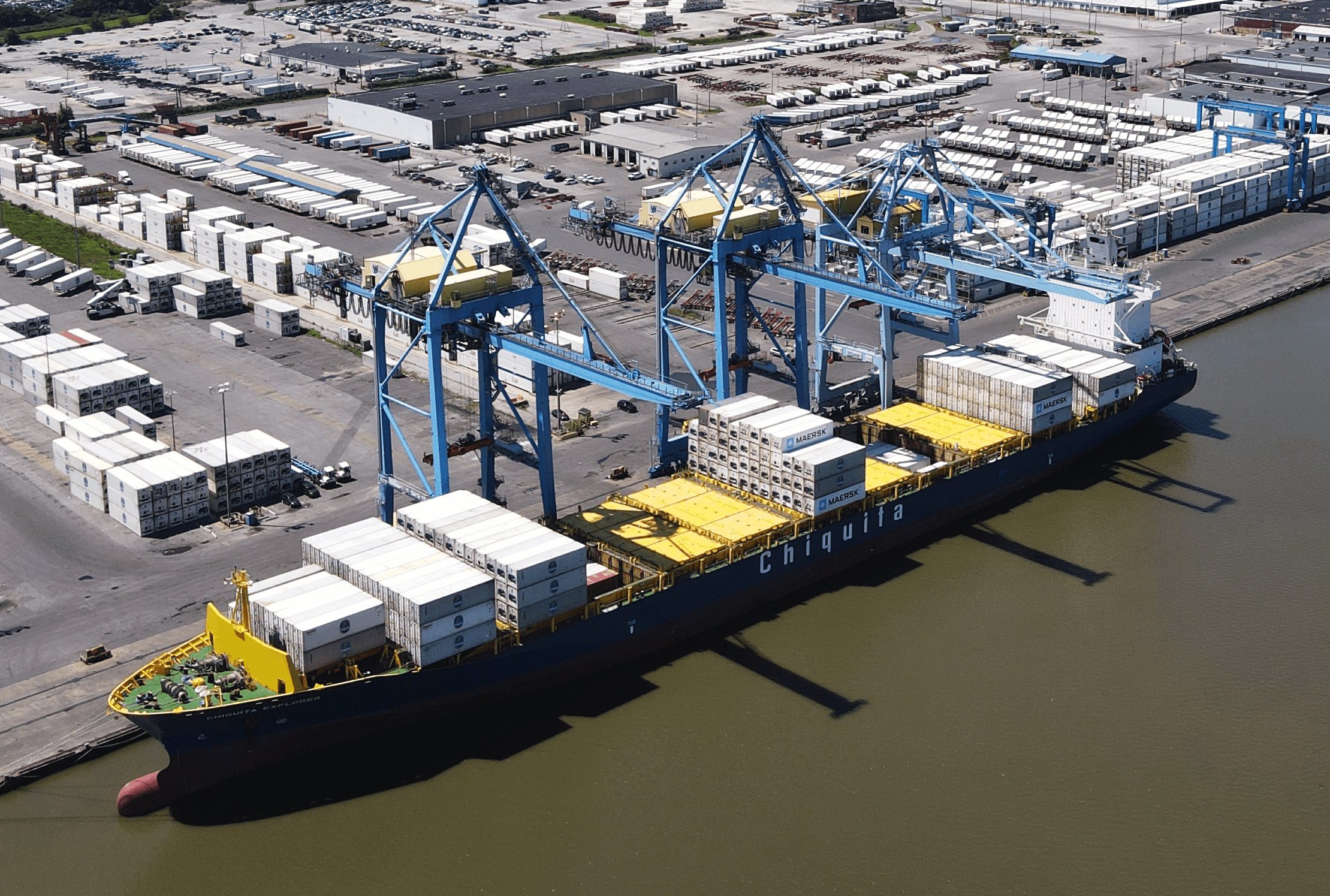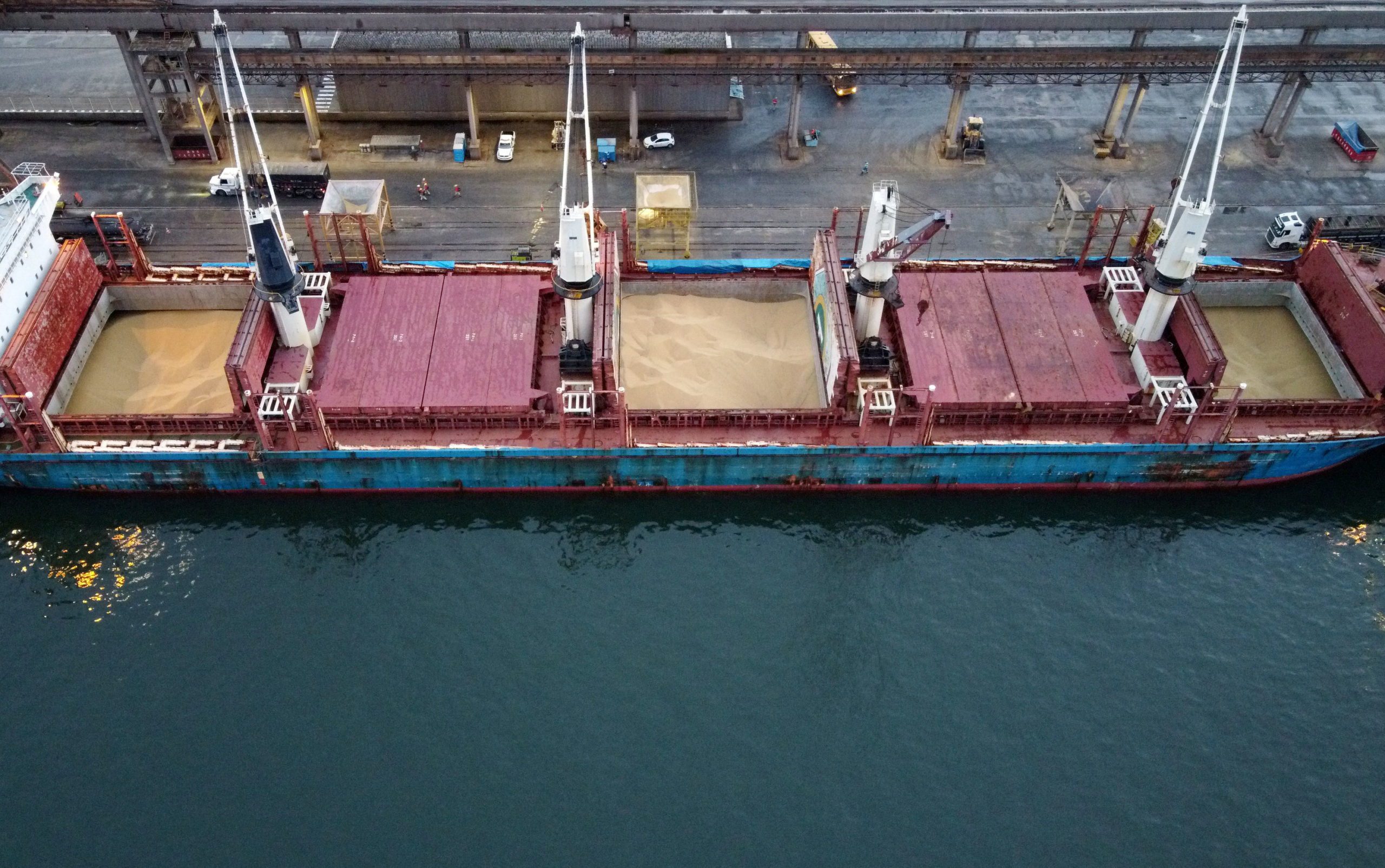A potential East Coast and Gulf Coast port strike looming in January, coupled with President-elect Trump’s planned tariff increases, is seen driving volume growth in U.S. container ports through early 2025, the National Retail Federation said Monday.
“Either a strike or new tariffs would be a blow to the economy and retailers are doing what they can to avoid the impact of either for as long as they can,” warns Jonathan Gold, NRF Vice President for Supply Chain and Customs Policy.
The urgency stems from contentious negotiations between the International Longshoremen’s Association (ILA) and the U.S. Maritime Alliance (USMX), with the current contract extension set to expire January 15th and both sides at an impasse over automation. The deadline, combined with Trump’s planned tariff implementation after his January 20 inauguration, has created a perfect storm for U.S. ports.
Industry expert Ben Hackett highlights automation as a key sticking point in port negotiations, noting that “shippers are moving up as much cargo as they can” before potential disruptions.
The impact is already evident in the numbers. October saw 2.25 million TEUs handled at U.S. ports, showing a robust 9.3% year-over-year increase despite a slight monthly decline. December projections indicate even stronger growth at 2.14 million TEU, marking a 14.3% increase from the previous year.
Looking ahead, the National Retail Federation has significantly revised its forecasts upward in recent months. January 2025 is now expected to handle 2.2 million TEU, a 12% year-over-year increase, while March projections show an impressive 12.7% growth.
According to Drewry’s World Container Index, container spot rates from Shanghai to Los Angeles and New York have declined steadily since their summer peaks, though they remain significantly higher than last year’s rates.

 Join The Club
Join The Club










